Heating milk is a fundamental skill for kitchen professionals, an essential technique that finds its way into many recipes, from creamy sauces to delectable desserts. If you're wondering how to heat milk in a saucepan, youre not alone. Its a simple task, yet it can go awry if not done correctly. In this article, we will delve into the methods, tips, and precautions to ensure perfectly heated milk every time.

Why Knowing How to Heat Milk is Important?
Before we dive into the steps, lets discuss the significance behind heating milk correctly. Proper heating enhances flavor and texture. It is crucial for recipes that require milk to be integral to their taste profile, such as sauce prep or puddings. Moreover, heating milk improperly can lead to curdling or scalding, resulting in an undesirable end product.

What Equipment Do You Need?
When it comes to heating milk, the right equipment is key. You'll need:
- A good quality saucepan: It's important to use a saucepan with a thick bottom to distribute heat evenly. Thin-bottomed pans may cause hot spots that can burn the milk.
- A stirring utensil: A wooden spoon or a silicone spatula is recommended. Avoid using metal utensils that can scratch your cookware.
- Thermometer (optional): Especially important for professional use, a thermometer helps monitor the milk's temperature.
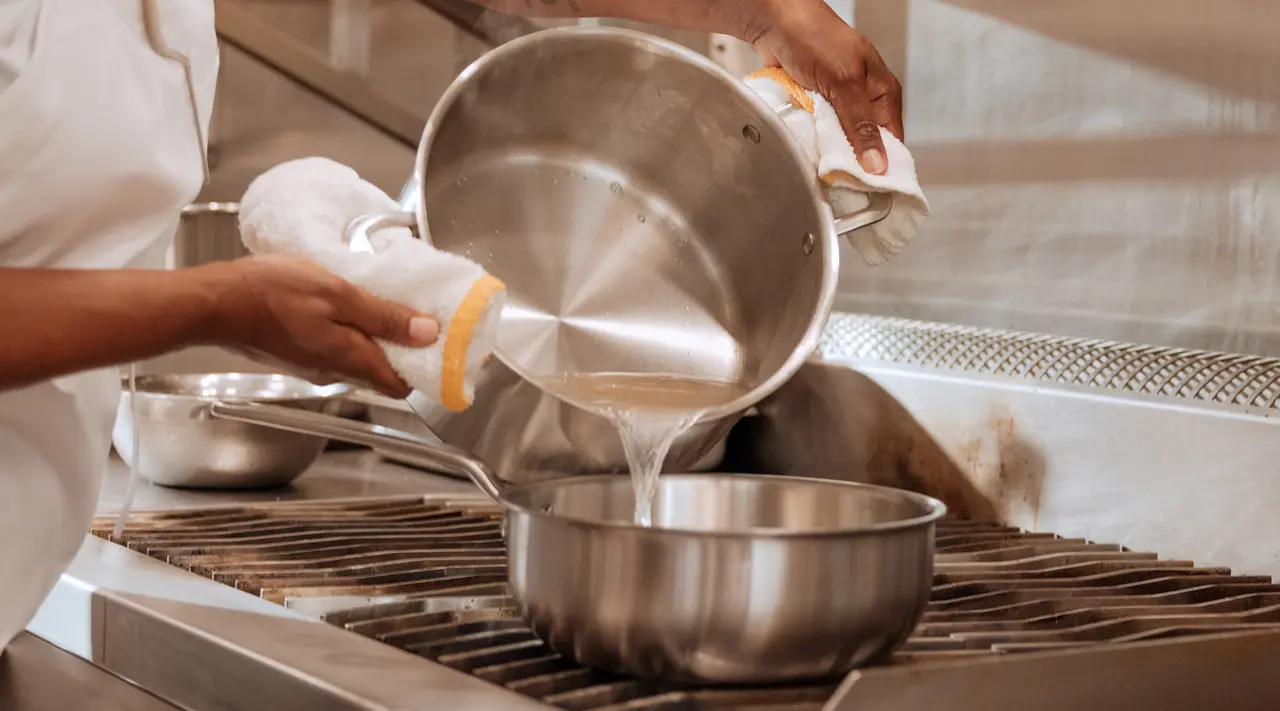
Step-by-Step Guide on How to Heat Milk in a Saucepan
Now, lets get to the heart of the matter. Here's how to heat milk in a saucepan efficiently:
Step 1: Choose Your Milk
The type of milk you use can influence the way it heats. Whole milk, skim milk, and non-dairy alternatives all have different fat contents and heating characteristics.
Step 2: Pour Milk into the Pan
Measure out your desired amount of milk and pour it into your saucepan. Make sure not to overfill; leave some room at the top to prevent spills as the milk heats.
Step 3: Heat the Milk Slowly
Set your stove to low to medium heat. It is crucial to heat the milk gradually to avoid scorching. Stir the milk frequently to ensure even heating and to prevent it from sticking to the bottom of the pan.
Step 4: Monitor the Temperature
If you have a thermometer, aim for a temperature between 150-160F (65-70C) for optimal heating. If you don't have a thermometer, look for steam rising from the milk and small bubbles forming around the edges, but do not let it boil.
Step 5: Remove from Heat
Once you reach the desired temperature, remove the saucepan from the heat immediately to prevent scalding. Use the milk in your recipe or let it cool if needed.
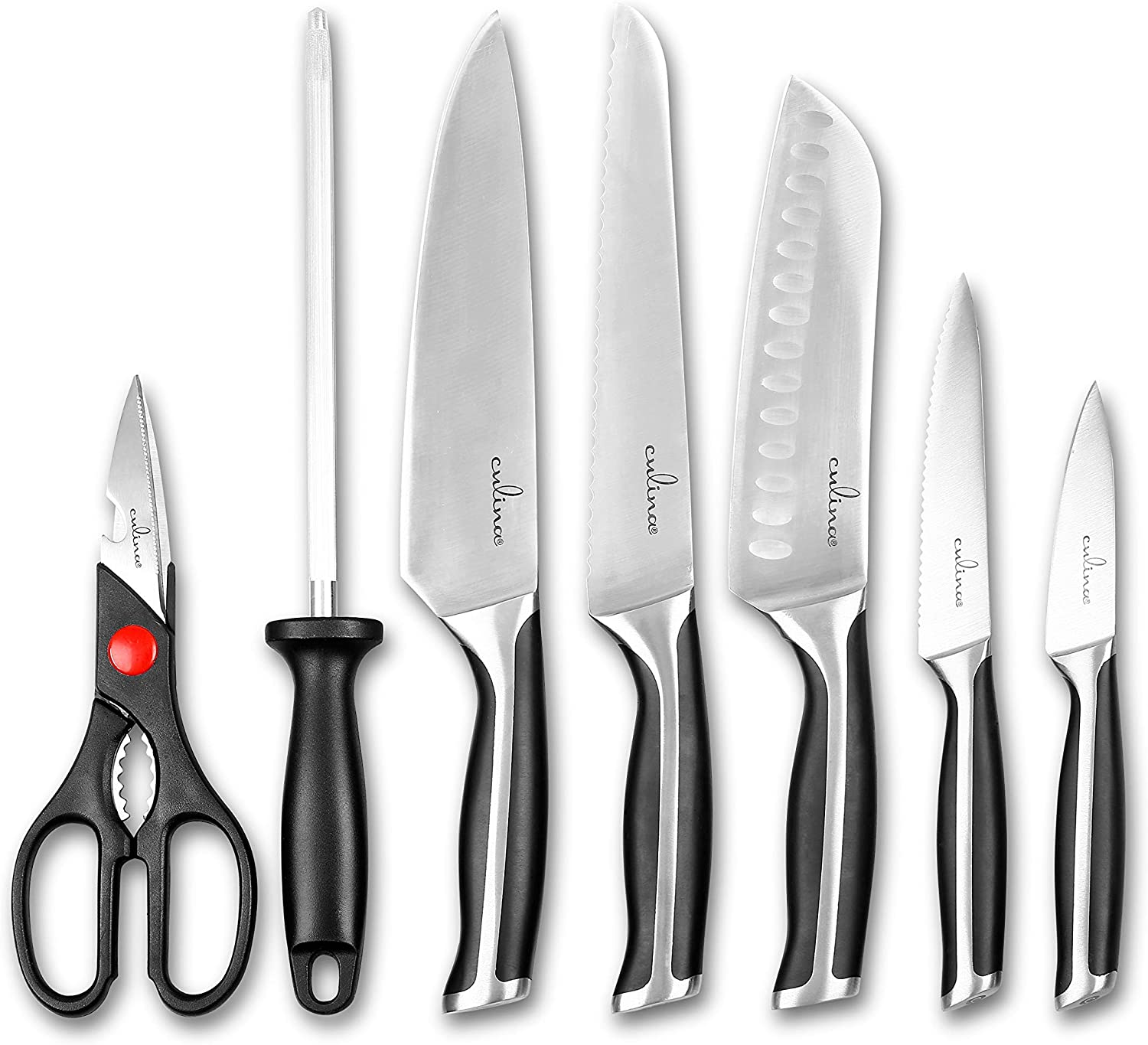
Precautions When Heating Milk
Here are some important precautions to keep in mind:
- Never leave heating milk unattended; it can quickly turn into a mess.
- Keep stirring to prevent a skin from forming on the surface.
- Avoid high heat as it can lead to curdling.
Common Mistakes When Heating Milk
Even experienced chefs can make mistakes. Here are some common pitfalls to avoid:
- Heating too quickly: This can scorch the milk.
- Not stirring: This can cause uneven heat distribution.
- Using a saucepan that is too small: This increases the risk of boil-over.
How to Fix Scalded Milk
If you accidentally scald milk, you can often salvage it by straining it through a fine mesh sieve. This will remove burnt bits, allowing you to use what's left for less delicate recipes.
Conclusion
In summary, knowing how to heat milk in a saucepan is vital for any kitchen professional. By following these steps and avoiding common mistakes, you can achieve the perfect milk temperature for all your culinary creations.
FAQs
1. What happens if I boil milk?
Boiling milk can lead to scalding and a burnt flavor. It can also cause the milk to curdle. Always heat it slowly.
2. Can I use a non-stick pan for heating milk?
Yes, but ensure that it can withstand high temperatures and does not have scratches.
3. Is it possible to heat milk in the microwave instead?
Yes, but be cautious. Heat in short intervals and stir often to avoid hot spots.
As an Amazon Associate, I earn from qualifying purchases.

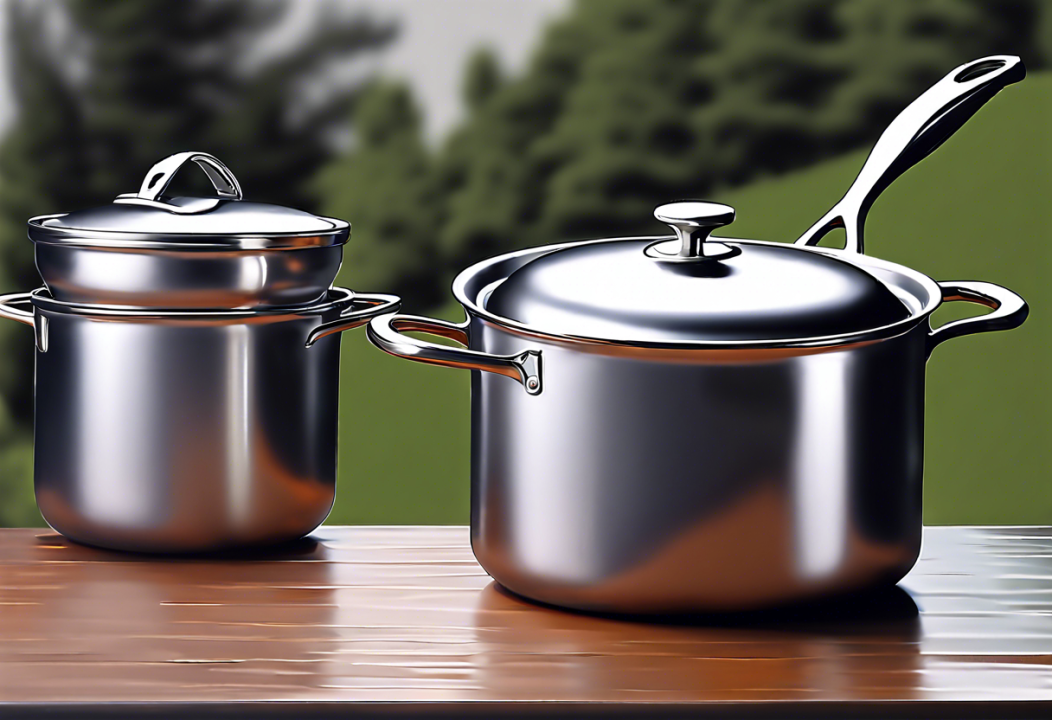


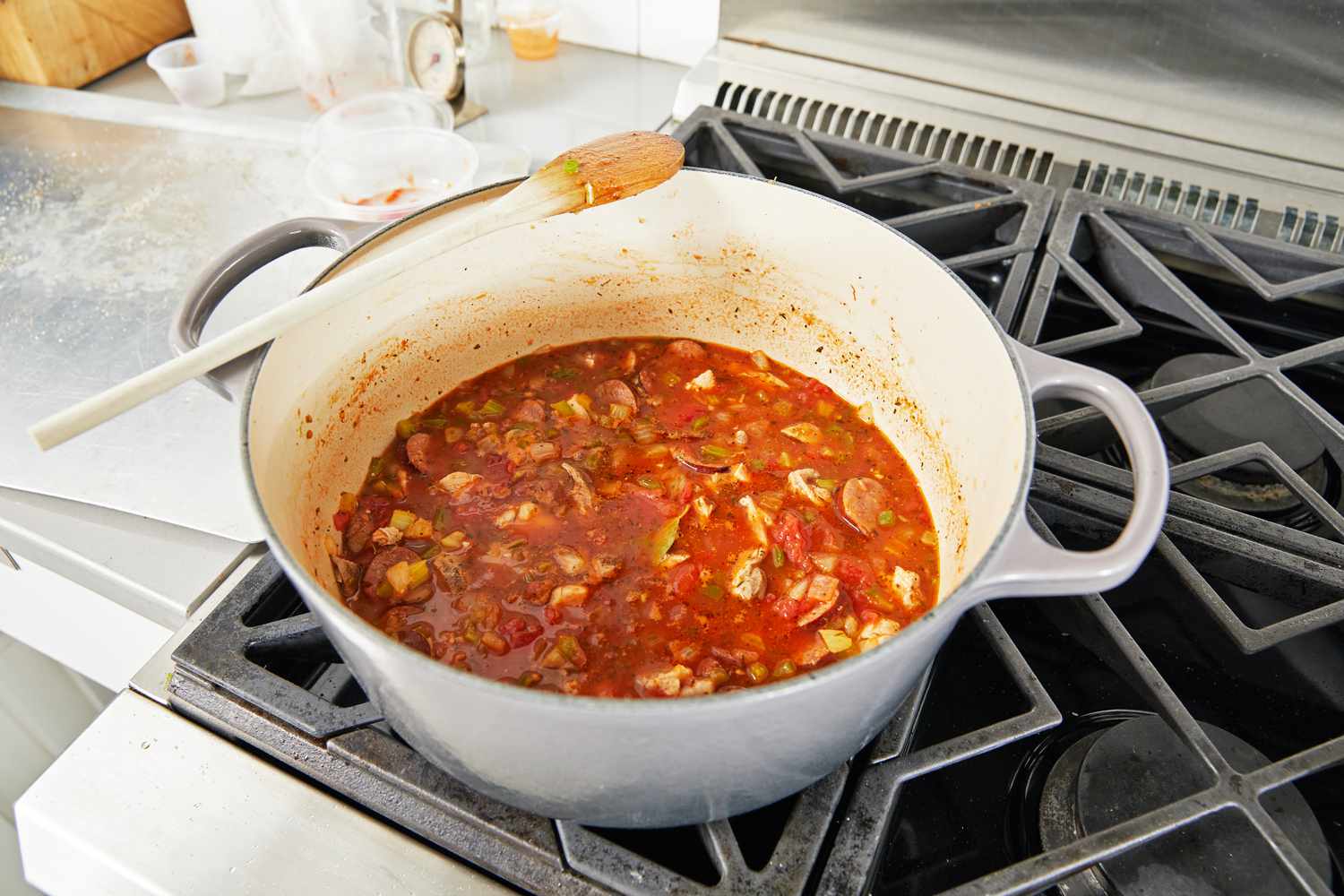
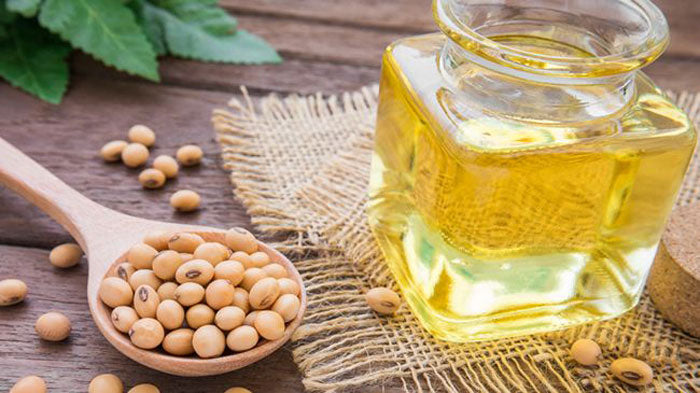
Leave a comment
This site is protected by hCaptcha and the hCaptcha Privacy Policy and Terms of Service apply.